Chonggu Experimental School
Designed by BAU Brearley Architects+Urbanists, Chonggu Experimental School in Shanghai breaks free from traditional factory-like school designs, embracing an innovative space for student-driven learning.
Public schools in Shanghai are conservative in their pedagogy and factory-like in their architecture. The new Chonggu Experimental School however provides the potential for a shift in pedagogy from the traditional disciplinary model to less formal, enquiry-based approaches. It also presents a paradigm shift in formal expression – a design shaped for joy, play and dreaming.
Academics remain split on the effectiveness of formal vs informal pedagogic models. China remains at one extreme, the teacher as the font of all knowledge, and students rote learning correct answers. Schools such as those applying Reggio Emilia philosophy are at the other, where students, and teachers, have significant degrees of autonomy over their curriculum. Traditional classrooms are well known to us. They are usually boxy and have an array of desks facing the front. Informal teaching spaces on the other hand are larger rhizomatic, flowing field conditions where teams of teachers oversee students working independently or in small groups. The student-teacher ratio is high in China, with large classes of 40-50 students the norm. With this ratio it is difficult to manage any but the traditional pedagogic model and its requisite multitude of classrooms. Team-teaching, enquiry driven approaches require a greater number of teachers; and corresponding higher wage bill.
At the current declining birth rate, China anticipates a dramatic drop in the number of school students. This will free space, and teachers, in existing schools and create opportunities for experimentation with pedagogies. New school architecture needs flexibility to adapt to the space requirements and enable these progressive initiatives.
Chonggu Experimental School can be transformed from a traditional teaching model to one that suits student centered learning in a number of ways. Firstly, the walls between each pair, or group of three, classrooms can be replaced by operable walls, enabled by the column structure. This enables team teaching. Secondly the classroom corridors, running the length of the slab building, can become enclosed with glazing to create a generous internal street suitable for programs such as exhibitions. Thirdly the rooms at the knuckles in the slab building are designed to be used as student study and project space. Finally, the large meandering corridor network within the two-story extra-curricular buildings are wide and designed with bulges to accommodate all manner of study and nooks and pods. Peer to peer learning, digital-based learning, project-based learning, student enquiry, and STEAM learning can be supported in these informal spaces.
The site is adjacent one of Qinpu’s hundreds of canals. Gymnasium, library, auditorium, music school, art school, and various special functions are placed here with windows, verandas and terraces overlooking the canal. At a future date the existing public canal fence should be removed and a landscape developed to integrate the school with the canal. The taller classroom building’s balconies overlook the green roofs of the specialized buildings and the canal.
The sports hall and canteen are located adjacent to the sports grounds. Grandstand seating connects the rooftop and second floor level with the sports fields and provides a place for students to hang out. The canteen is located to enable further view sharing from the adjacent taller teaching wing. Along with its terrace the canteen hall has broad views over the sports fields, activities, and beyond.
Despite the curved edges of the floor slabs, the buildings adopt a standard structural grid to facilitate the assembly of prefabricated components. The external walls, columns, floor slabs and staircases are rationalized to enable a minimum 40% prefabrication rate for both the overall construction and for each individual building. Prefabrication reduces cost, time, wastage, and urban disruption. It also enables a higher quality of construction and finish.
To counter Qingpu’s notoriously hot summers, and to lower carbon consumption and improve comfort levels, passive solar control is employed. Eaves and fins prevent the majority of summer sun from entering the buildings. The majority of the site and rooftops are vegetated. This supports sustainable urban drainage systems, sponge city objectives, bio-diversity and the lowering of the urban heat island phenomenon.
The increasingly popular team-teaching pedagogies profess to finding the potential of all students, particularly those who are unmotivated in the traditional system. Chonggu Experimental School likewise provides the opportunity for all manner of educators to fulfill their own potential and engage in other ways of teaching. The architecture supports a traditional pedagogy but importantly it will equally encourage and support alternative methods should an enlightened and adventurous head teacher arrive at the school.
Design: BAU Brearley Architects+Urbanists
Photography: INNS images

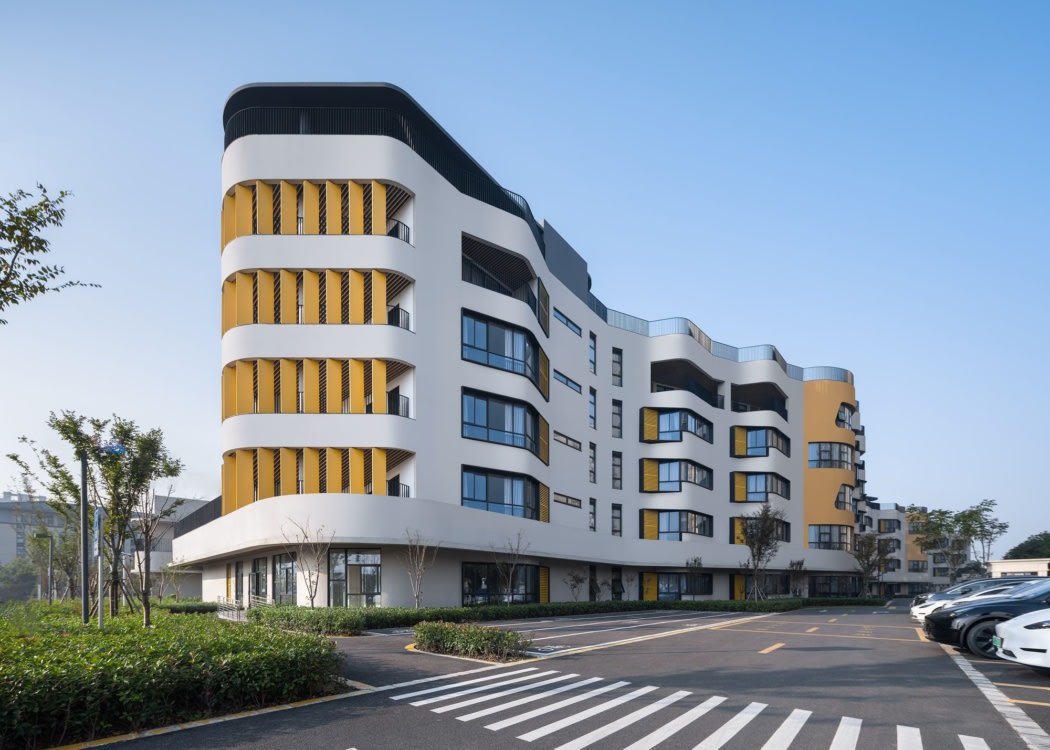
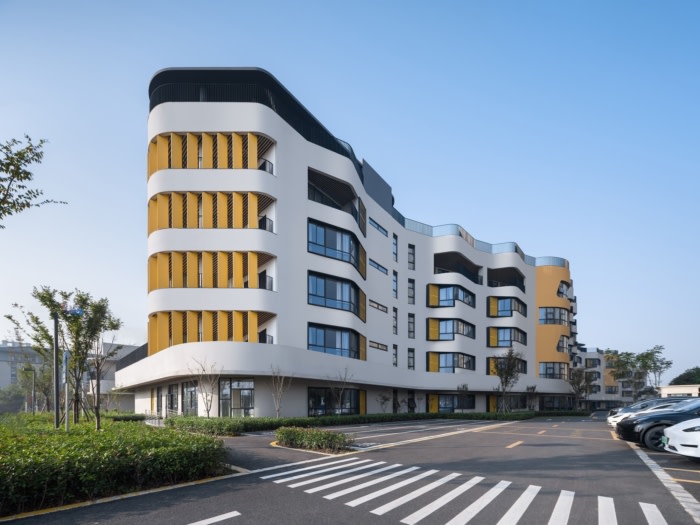
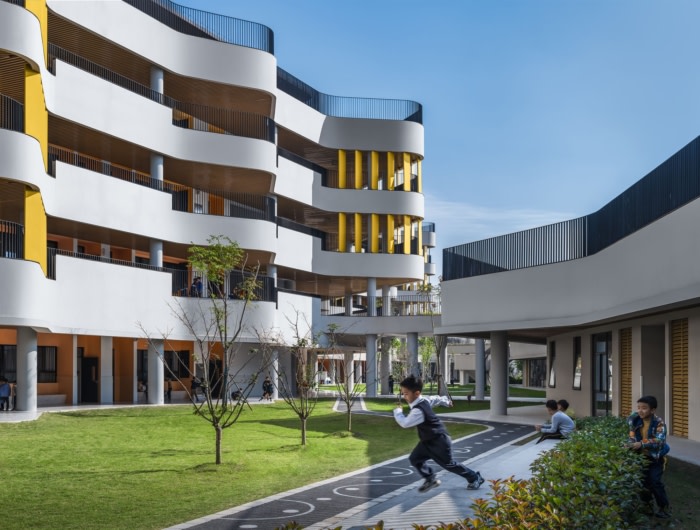
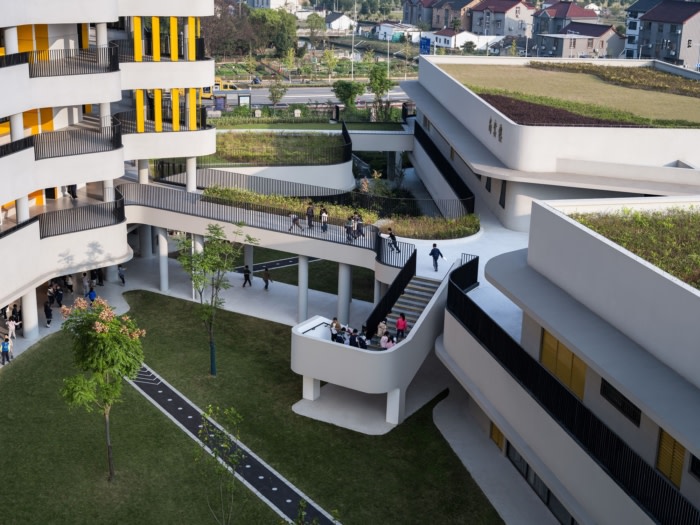

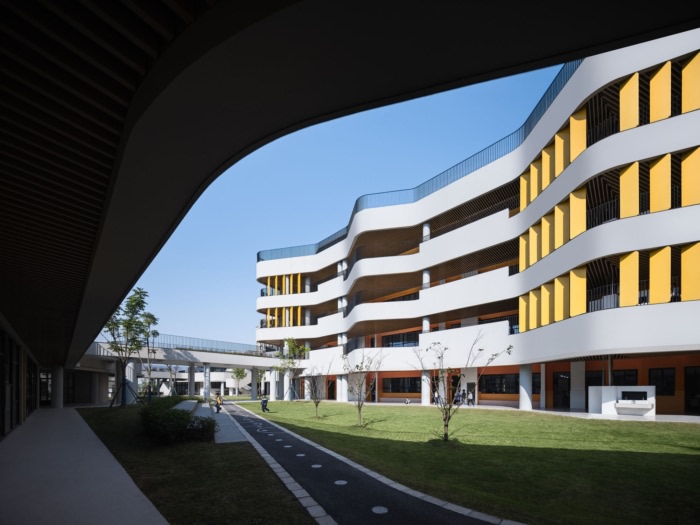
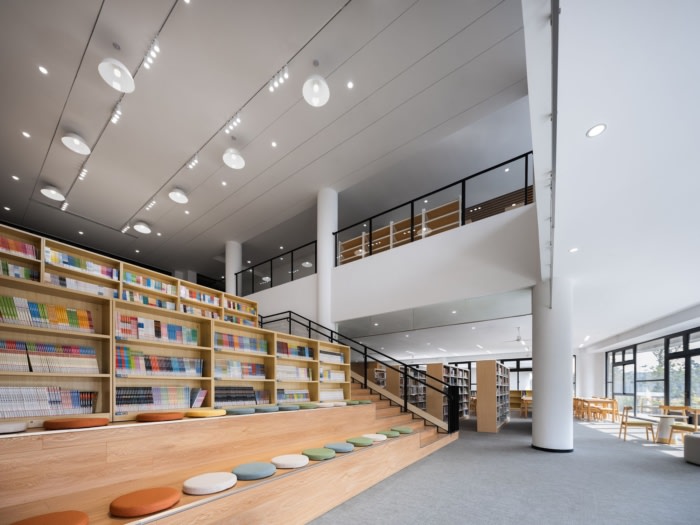
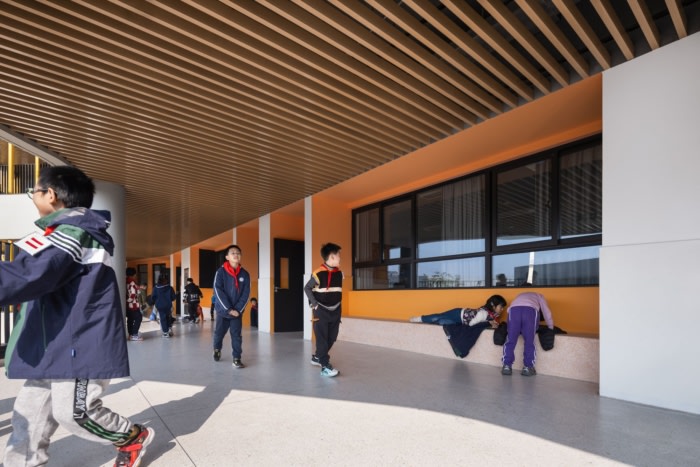
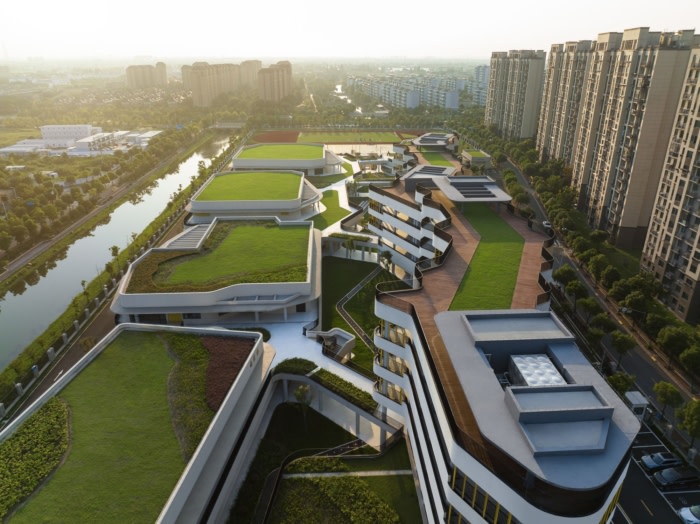



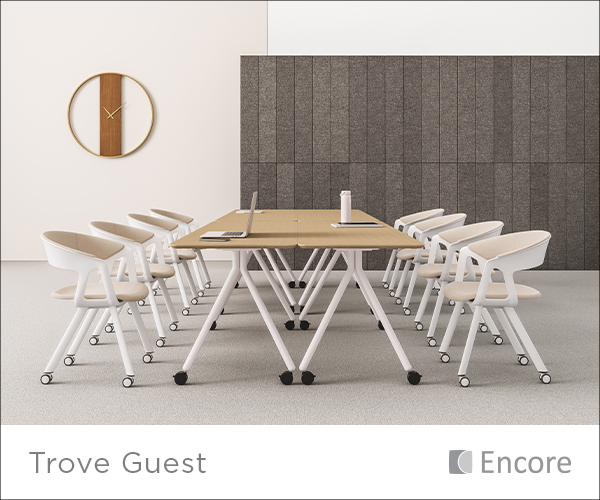









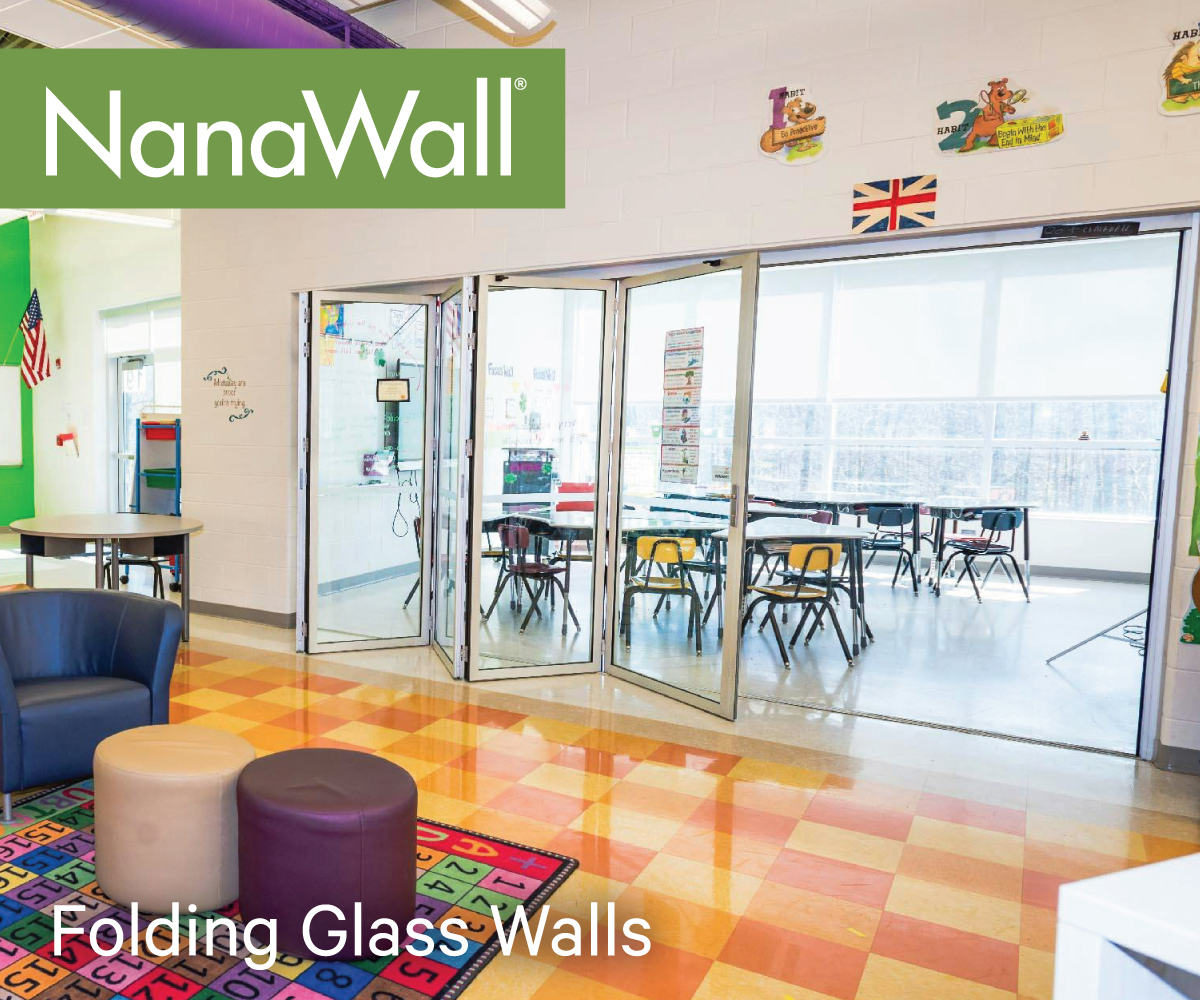


Now editing content for LinkedIn.